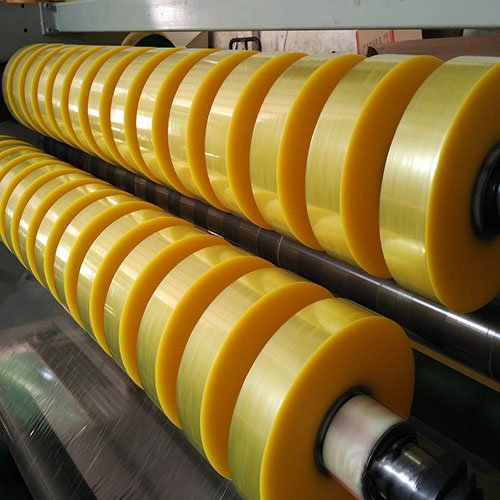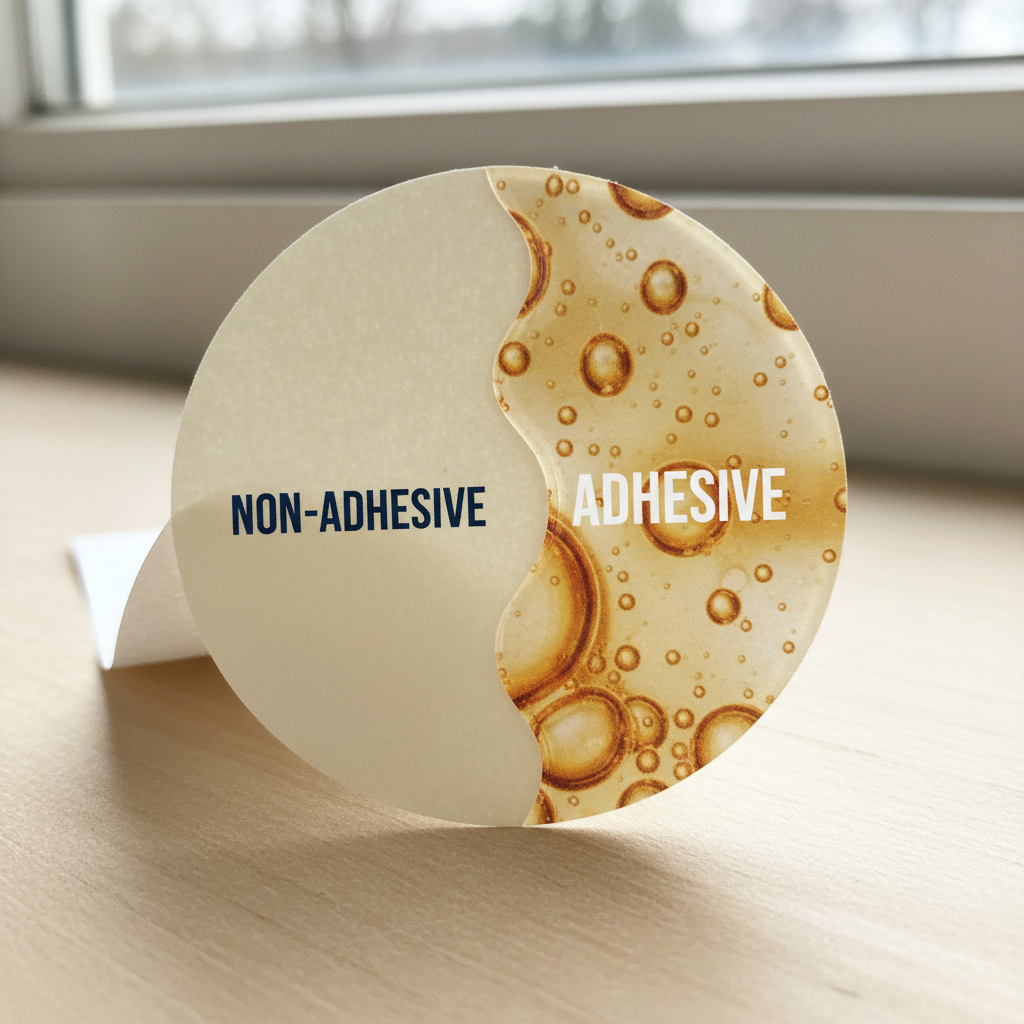Precision Three-Layer Die-Cutting: A Comprehensive Solution for B2B Manufacturing Challenges

Meta Description:
Explore how advanced three-layer die-cutting technology empowers manufacturers in electronics, automotive, sports equipment, and more to automate complex multilayer assemblies, improve efficiency, and achieve consistent quality at scale.
Introduction: Addressing the Complexities in Modern Multilayer Assembly
Industries such as electronics, automotive, sports equipment, and wearables are continuously evolving, driving higher demands for products with sophisticated, multi-material structures. Among the most challenging manufacturing requirements is the precise assembly and die-cutting of three-layer adhesive components—each layer often differing in width, material, or function. Traditional flatbed and rotary die-cutting techniques frequently fall short, resulting in manual intervention, increased defects, and slow time-to-market, especially for B2B companies facing dynamic customer demands.
Key Manufacturing Pain Points in Three-Layer Lamination
Businesses seeking multilayer adhesive solutions typically encounter:
- Low Throughput & Manual Rework: Legacy die-cutting machines lack the flexibility to laminate different widths in a single step. As a result, manual alignment becomes necessary, creating bottlenecks and increasing the risk of errors.
- Inconsistent Quality: Misalignment in multilayer assembly results in unreliable adhesion and inconsistent end-product performance, impacting downstream product reliability.
- Limited Customization: Rapid shifts from prototyping to full-scale manufacturing are hampered by inadequate automation, hindering companies from delivering tailored, innovative products on time.
Application Spotlight: Upgrading Sports Equipment Handle Manufacturing
A sports equipment manufacturer—tasked with developing a high-performance handle grip—faced the challenge of combining an anti-slip upper tape, a narrower gel middle layer, and a strong adhesive backing in perfect alignment.
Manual stacking and trimming led to high rates of defects and quality control issues. However, with precision three-layer die-cutting equipment, the manufacturer achieved:
- One-Step Precision: All three layers were laminated and cut simultaneously to exact design specifications.
- Flexible Customization: Each handle could be tailored in terms of layer size, shape, and materials without extra manual labor.
- Noticeable Production Gains: Efficiency increased by up to 30%, with material waste and rework rates greatly reduced.
Technical Advances in Three-Layer Die-Cutting
Modern solutions integrate:
- Servo-Driven Controls & Computer Vision: These ensure layer accuracy and minimize deviation during high-speed processing.
- Modular Tooling: Facilitates quick changeover between different product specifications and materials.
- In-Process Quality Monitoring: Real-time inspection systems detect misalignments or defects instantly, ensuring each output meets stringent quality criteria.
Such innovations directly address the complexity and customization requirements central to today’s B2B manufacturing landscape.
Industry Impact: How B2B Customers Benefit
The adoption of advanced three-layer die-cutting offers distinct value for B2B manufacturers:
- Scalable Production: Seamlessly transfers designs from concept prototypes to mass production without compromising consistency.
- Lower Costs & Reduced Waste: Automated precision reduces manual labor and material scraps, ultimately decreasing production costs.
- Faster Time-to-Market: Accelerated product launches enable businesses to remain competitive and responsive to customer trends.
Frequently Asked Questions (FAQ)
Q1: How does three-layer die-cutting improve B2B production efficiency?
Advanced automated systems integrate lamination and die-cutting in a single process, decreasing manual interventions. This results in higher throughput, fewer errors, and production efficiency gains of 20–30% compared to traditional techniques.
Q2: Can the technology handle custom or complex structures?
Yes. Modular design and smart controls allow operators to rapidly adjust for various widths, shapes, and materials, supporting flexible product specifications and quick changeovers in fast-paced B2B environments.
Q3: What materials are compatible with three-layer die-cutting processes?
Systems typically support a wide range of tapes, foams, conductive materials, and specialty films. Pre-production material testing is recommended for optimal results, and advanced models can accommodate high-performance or eco-friendly substrates as needed.
Q4: How is consistent product quality ensured in multilayer die-cutting?
Precision alignment mechanisms and integrated vision inspection systems monitor the assembly in real time. Automated rejection of defective items and comprehensive traceability support high standards for every production run.
Q5: What are the cost benefits of adopting automated three-layer die-cutting?
Enterprises experience lower labor costs, reduced waste, and diminished need for manual quality checks. These factors collectively drive down overall manufacturing expenses and support sustainable profit margins in competitive B2B sectors.



